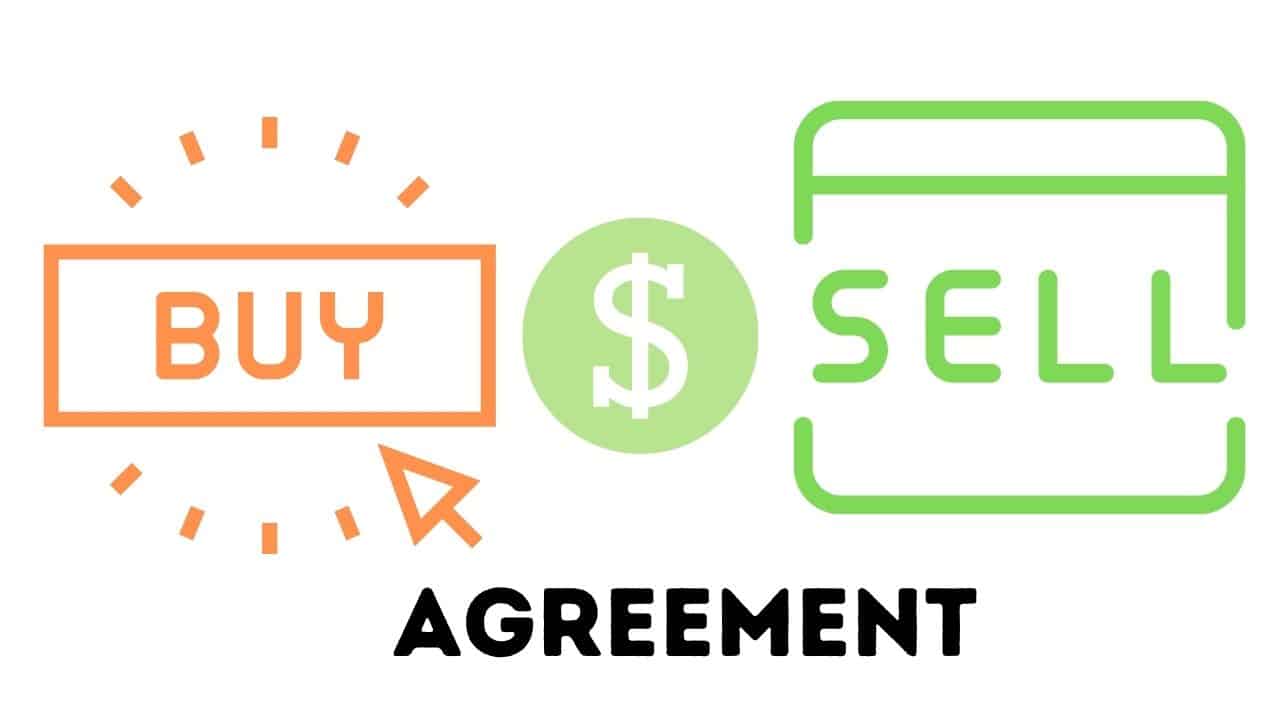In today’s highly competitive market, businesses are consistently striving to provide a unique and personalized experience to their customers. However, to do this, it is crucial to understand the consumer journey, which refers to the process that a customer goes through while interacting with a brand, from the initial point of contact to the final purchase and beyond. By mapping the consumer journey, businesses can gain valuable insights into the customer’s needs, preferences, and pain points. Consumer journey stages, marketing, and strategy are critical components of any successful business plan, as they enable companies to tailor their offerings to the customer’s needs and expectations. Mapping the consumer journey also helps companies identify gaps in the customer experience and take corrective measures to ensure customer satisfaction.
In this article, we will delve deeper into the concept of consumer journey marketing and strategy. And also, explore the different stages of the consumer journey and discuss how to use consumer journey maps to create a unique customer experience. We will also provide examples of companies that have successfully used consumer journey maps to enhance their customer experience and drive business growth.
Read also: Buyer’s Journey: Meaning, Stages & How to Implement in Sales Process
What Is Meant by Customer Journey?
The customer journey refers to the process that a customer goes through while interacting with a brand or business, from the initial point of contact to the final purchase and beyond. It encompasses all touchpoints between the customer and the business, including online and offline channels, such as social media, websites, advertisements, customer service, and product use. The customer journey involves different stages, such as awareness, consideration, decision, and retention. However, understanding each stage of the journey is crucial for businesses to design a strategy that addresses the customer’s needs and expectations, delivering a seamless and personalized experience. By mapping the customer journey, businesses can identify areas for improvement, optimize the customer experience, and drive customer loyalty and satisfaction.
What Makes a Good Customer Journey?
A good customer journey is one that provides a seamless and personalized experience for the customer, ensuring satisfaction and loyalty. Nevertheless, to achieve this, it is essential to have a deep understanding of the consumer journey, including mapping the journey and developing a consumer journey marketing and strategy. Here are some key elements that make a good customer journey:
#1. Clear Customer Journey Stages
The customer journey should be divided into clear and defined stages, such as awareness, consideration, decision, and retention. However, this helps businesses understand where the customer is in their journey and what actions they need to take to move them to the next stage.
#2. Touchpoint Optimization
Every touchpoint between the customer and the business should be optimized to ensure a positive experience. This includes online and offline channels, such as social media, websites, advertisements, customer service, and product use.
#3. Personalization
Personalization is a crucial element of a good customer journey. By understanding the customer’s needs, preferences, and pain points, businesses can tailor their offerings to provide a unique and personalized experience.
#4. Consistency
Consistency across all touchpoints is essential to ensure a seamless and unified experience for the customer. This includes consistent messaging, branding, and customer service.
#5. Continuous Improvement
A good customer journey is not a one-time effort but a continuous process of improvement. By mapping the customer journey and analyzing customer feedback, businesses can identify areas for improvement and take corrective measures to enhance the customer experience.
Overall, a good customer journey is one that puts the customer at the center and provides a personalized, seamless, and consistent experience across all touchpoints.
How Do You Create a Customer Journey?
Creating a customer journey involves understanding the consumer journey and mapping out the different stages of the journey to design a consumer journey marketing and strategy. Nevertheless here are the steps to create a customer journey:
#1. Define Your Target Audience
Start by defining your target audience and understanding their needs, preferences, and pain points.
#2. Map the Consumer Journey
Map out the different stages of the consumer journey, such as awareness, consideration, decision, and retention. However, this helps businesses understand where the customer is in their journey and what actions they need to take to move them to the next stage.
#3. Analyze Touchpoints
Identify all touchpoints between the customer and the business, including online and offline channels, such as social media, websites, advertisements, customer service, and product use. Analyze each touchpoint to understand how it contributes to the customer journey.
#4. Optimize Touchpoints
Lastly, optimize each touchpoint to provide a positive experience for the customer. This includes providing relevant and personalized content, ensuring easy navigation and usability, and providing excellent customer service.
#5. Develop a consumer journey marketing and strategy
Lastly, develop a strategy that addresses the customer’s needs and expectations at each stage of the journey. This includes developing messaging and content that resonates with the customer, creating offers that incentivize the customer to take action, and providing exceptional customer service.
#6. Test and refine
Test your customer journey by analyzing customer feedback and data. Nevertheless, use this information to refine and improve the customer journey continuously.
How Do You Improve the Consumer Journey?
To improve the consumer journey, businesses should analyze customer feedback, and identify pain points in the customer journey. Also, implement changes to address those issues. This may involve improving communication, streamlining the purchasing process, providing personalized experiences, and building trust with customers.
How Do You Improve the Consumer Journey?
Every customer has unique wants and needs, but there are some common things that many customers look for in their interactions with businesses. Here are some important things that many customers want:
#1. Quality Products or Services
Customers want products or services that meet their needs and are of high quality.
#2. Good Value
Consumers value the perception that their money is well spent.
#3. Convenience
Customers want to be able to easily find what they need, make purchases, and access support when they need it.
#4. Timely and Responsive Customer Service
Customers want to be able to get help quickly and efficiently when they have questions or issues.
#5. Personalization
Customers want to feel like their needs and preferences are understood and taken into account.
#6. Trust and Transparency
Customers want to feel like they can trust the businesses they interact with and that they are being treated fairly and honestly.
#7. Positive Experiences
Customers want to have positive experiences that leave them feeling satisfied and happy with their interactions with a business.
#8. Continuous Improvement
Customers want to see that businesses are continuously improving and striving to meet their needs and preferences. Overall, businesses that prioritize these customer wants and needs are more likely to attract and retain satisfied customers.
Consumer Journey Marketing
Consumer journey marketing is a strategy that focuses on understanding the customer journey from initial awareness to post-purchase follow-up and then designing marketing tactics to support each stage of the journey. This approach is based on the understanding that customers interact with businesses in a series of steps or stages and that each stage presents opportunities to engage, educate, and influence the customer. The consumer journey marketing approach involves identifying the key stages of the journey and developing targeted marketing tactics that support each stage. For example, during the awareness stage, marketing efforts may focus on building brand recognition and attracting potential customers. During the consideration stage, marketing tactics may be more focused on providing product information and building trust. During the decision stage, marketing efforts may be geared towards providing incentives to make a purchase.
Stages of the consumer journey
The consumer journey refers to the path that a potential customer takes from initial awareness of a product or service to the ultimate decision to purchase and become a loyal customer. Here are the main stages of the consumer journey:
#1. Awareness
Firstly, this is the initial stage in which the customer becomes aware of the existence of a product or service. This may happen through advertising, social media, word-of-mouth, or any other form of marketing. At this stage, the customer is not yet actively seeking to purchase, but they have become aware of the product or service.
#2. Interest
Once the customer is aware of the product or service, they may become interested in it. They may start to research more about the product, compare it with other similar products, read reviews, and also seek more information about it. Moreover, at this stage, the customer is gathering information to help them make an informed decision.
#3. Consideration
After gathering more information, the customer will then move into the consideration stage, where they weigh the pros and cons of the product or service. This is where they evaluate how well the product or service meets their needs and whether it is worth the price. Customers may also engage with the brand at this stage, asking questions or seeking more information to help them make a decision.
#4. Purchase
Once the customer has evaluated the product or service and decided that it meets their needs, they will make the decision to purchase. This is the point where the business has successfully converted the potential customer into a paying customer.
#5. Loyalty
Lastly, after purchasing, the customer may become loyal to the brand if they are satisfied with the product or service. However, this is where the customer may become a repeat customer and recommend the brand to others. Loyalty can also be reinforced through excellent customer service, personalized marketing, and other efforts to build a strong relationship between the customer and the brand.
How to Use Consumer Journey Maps to Create a Unique Customer Experience
Consumer journey maps are visual representations of the steps a customer takes as they interact with a business, from initial awareness to post-purchase loyalty. By analyzing and understanding these steps, businesses can also create a unique customer experience that sets them apart from competitors. To use consumer journey maps effectively, businesses can identify pain points or areas where the customer experience can be improved, and then develop strategies to address those issues. This may include providing personalized interactions, offering promotions or incentives, or streamlining the purchasing process. However, by focusing on the customer’s journey and creating a positive, seamless experience, businesses can build loyalty and gain a competitive advantage in their industry.
Examples of companies that have successfully used consumer journey maps
There are many companies that have successfully used consumer journey maps to improve the customer experience and also increase customer loyalty. However, here are a few examples:
#1. Apple
Apple is also known for its exceptional customer experience. This is in large part due to its use of consumer journey maps. Nevertheless, by mapping out the customer journey and identifying areas for improvement, Apple has been able to create a seamless and intuitive user experience that has helped to build a loyal customer base.
#2. Airbnb
Airbnb is another company that has successfully used consumer journey maps to improve the customer experience. By mapping out the guest journey and identifying pain points, such as difficulties in communication or concerns about safety, Airbnb was able to implement new features and policies to address these issues and build trust with its customers.
#3. Starbucks
Starbucks is a company that has long been focused on the customer experience, and its use of consumer journey maps has also helped to enhance this focus. By mapping out the customer journey and identifying areas for improvement, such as long wait times or inconsistent service, Starbucks has been able to implement changes that have improved the customer experience and increased loyalty.
#4. Disney
Disney is another company that has successfully used consumer journey maps to create a unique and unforgettable customer experience. By mapping out the guest journey and identifying opportunities to create magical moments. This may be surprising character appearances or personalized interactions, but Disney has been able to create a customer experience that is unlike any other and has helped to build a loyal fan base.
FAQs
When it comes to customer service, what are the four distinct varieties of journey maps?
These are; the present state, future state, day in the life, and service blueprint journey maps. It can help you comprehend client scenarios. Depending on your goals, you may track all four.
What should you do first when creating a client journey map?
Identifying your target audience is the first step in developing a customer journey map.
What are the top three considerations when designing a practical journey map?
Give yourself a break. If it’s good, it can always be better. And when the customer service they receive from you improves, so do their moods.
Related Articles
- BUSINESS PROCESS MAPPING TOOLS: Uses, Free Tools & Guide
- Stakeholder Mapping: Guide to the Mapping Tool for Effective Stakeholder Management
- Buyer’s Journey: Meaning, Stages & How to Implement in Sales Process






